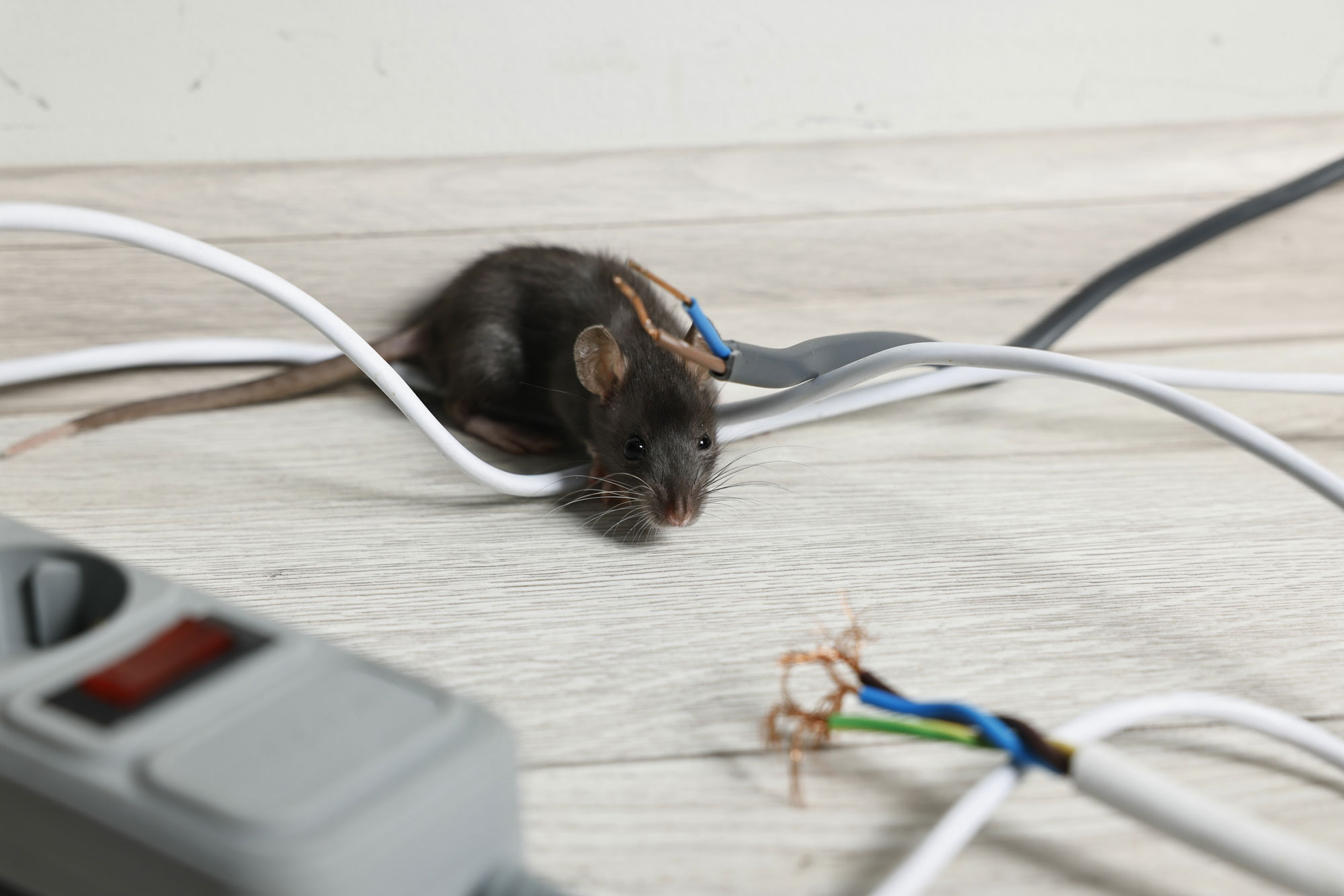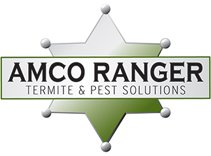How to Deal with Mice in Your Walls: Prevention and Removal Tips
It starts with a sound. A faint scratching behind the drywall—easy to ignore—at first. But before long, you hear it again, and again, and again, until it’s no longer ignorable. The sound is then accompanied by strange smells or chewed wires.
If you’re experiencing this—you might have mice in your walls.
This common issue some homeowners see can lead to serious damage if not addressed quickly and professionally. At Amco Ranger, we’ve helped Missouri homeowners eliminate rodents for decades. In this blog post, we’ll explore how to prevent, detect, and remove mice from your walls—and when it’s time to bring in the pros.
How Do Mice Get Into Walls in the First Place?
Good question. If you’re dealing with this problem, this might be one of the first questions you ask. Mice can squeeze through holes as small as a dime, which makes it surprisingly easy for them to get inside wall cavities. They often enter through gaps in the foundation, siding, vents, or where utility lines meet your home.
Once inside, your walls offer the ideal nesting environment for the pest: quiet, warm, and hidden. Mice are especially active in fall and winter as they seek shelter from the cold winter months—a common seasonal problem we see across Missouri.
For a Missouri-specific breakdown on house mice behavior and entry points, check out this resource from the University of Missouri Extension.
Signs of Mice In Your Walls
You think you hear them—but how do you know for sure? Here are the most common signs that you may have some unwanted guests living inside your walls:
- Scratching or scurrying sounds, especially at night
- Foul or musty odors coming from vents or baseboards
- Small droppings near wall edges or entry points
- Gnawed wires, insulation, or drywall
- Pets showing unusual interest in certain wall areas of your home
If any (or all) of these signs sound familiar, it may be time to take action before the problem gets worse. Learn more about how to identify signs of mice in your home with this guide.

DIY Prevention Tips to Keep Mice Out
Before you deal with a full-blown infestation, here’s some DIY tips for prevention:
- Seal Entry Points
Use caulk, steel wool, and weatherstripping to seal gaps around doors, windows, utility lines, and foundation cracks. - Eliminate Food Sources
Store food in airtight containers, clean up crumbs, and secure trash cans with tight-fitting lids. Don’t forget pet food and birdseed. - Tidy Up the Yard
Keep vegetation trimmed, store firewood away from the house, and remove any clutter that can offer shelter.
Prevention is most effective before cold weather sets in. Schedule an inspection early in the season to get ahead of a potential problem like this!
For a full breakdown of prevention best practices, see this guide on eliminating mice using Integrated Pest Management.
Safe DIY Removal (for Small Issues)
If you have found that you have these unwanted guests and are dealing with a minor infestation, you can try some of these DIY tips for removal:
- Snap traps baited with peanut butter (more effective than cheese—did you know?)
- Placing taps near baseboards, pantries, or suspected entry points
- Checking traps daily and disposing of rodents safely
Avoid glue traps and poison—it’s inhumane and can create bigger problems for you, especially if a mouse ends up dying in your wall. You won’t want to deal with that.
Why You Should Rely on Professionals
The biggest reason you should rely on professionals for pest removal is simple—so you don’t have to deal with it. Our pros are skilled in humane, safe mice removal and can make this infestation of yours a happening of the past.
On top of that, mice inside walls are notoriously hard to reach with DIY methods. That’s why our licensed pros offer:
- Free, no obligation inspections
- Safe, targeted removal
- Tamper-resistant bait stations
- Wall-safe removal strategies
- Long-term monitoring and prevention
Plus, we use EPA-approved treatments that are safe for your family and pets. With us, you not only get peace of mind, but guaranteed results. For a full breakdown of prevention best practices, see this guide on how we safely remove mice.
Protect Your Home Year-Round
Believe it or not, mice don’t stick to a schedule. Our year-round pest protection plans are designed to keep your home safe from mice and other common invaders. We create custom plans that fit your home, lifestyle, and history with rodent infestation—and stand behind our work with a 100% satisfaction guarantee.
Don’t let mice make themselves at home in your walls. If you suspect a rodent problem of mice, or any kind, schedule your FREE inspection with Amco Ranger and take the first step toward a pest-free home!
